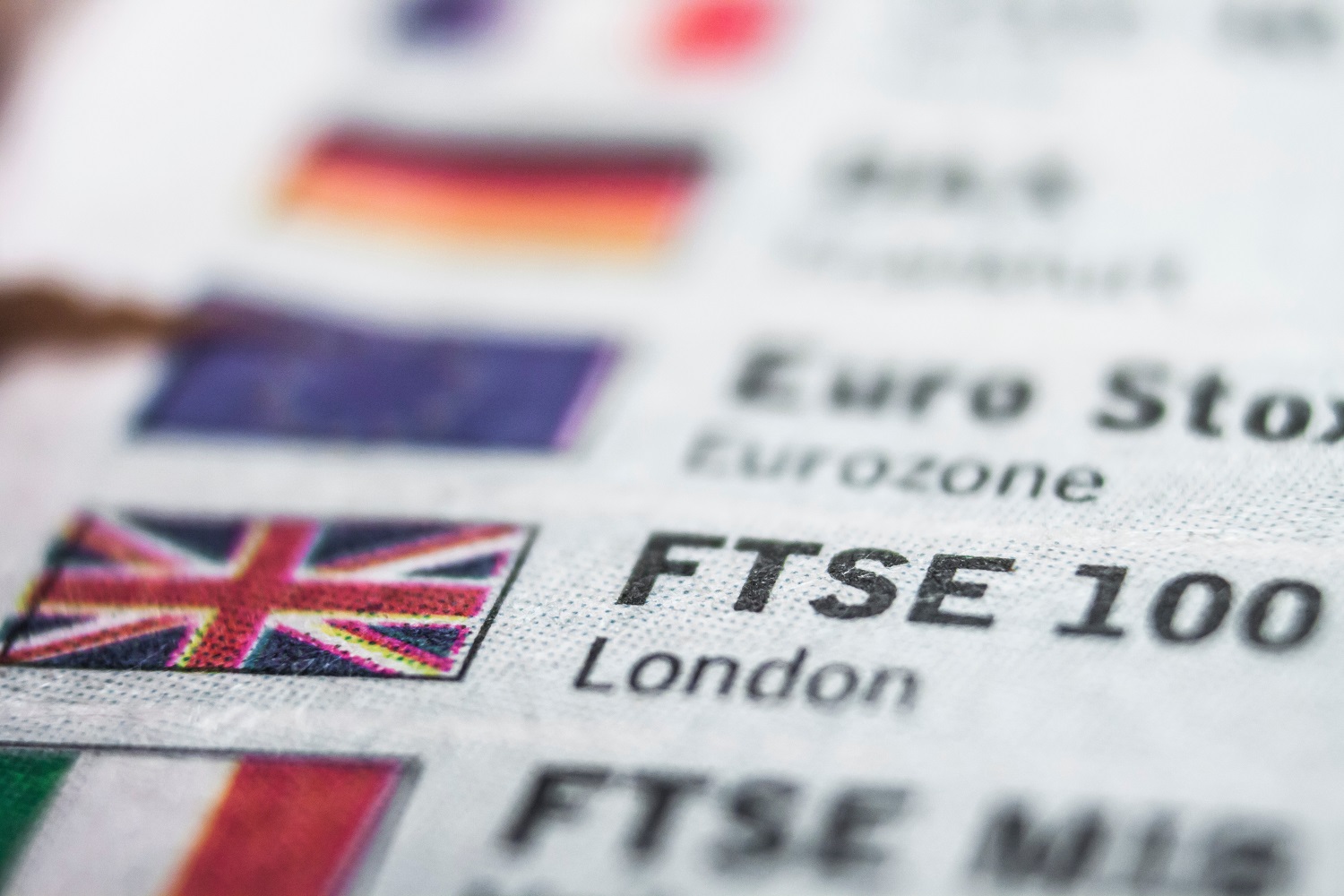When Chancellor, Jeremy Hunt, announced the phased reduction in the dividend allowance in 2022, we questioned whether this was the beginning of the end for the allowance. But HMRC’s own analysis suggests that even before that point may come, millions of people will have been hit hard by the planned reductions.
In April 2023, the amount of dividends an individual can earn from pay-outs on shares, before paying tax, will drop from its current rate of £2,000 per annum to half that amount. The following year it is then scheduled to halve again, down to just £500 in the 2024/25 tax year. But following an up and down year in 2022, a rallying stock exchange could result in millions of people finding more of their investment income subject to tax.
Millions of people to be impacted
As if to demonstrate the likely impact of a rising market and lower allowances, HMRC is reporting that it expects to be raising more than £3bn by 2028, which is a significant hike when you compare it to the anticipated £400m in the first couple of years following the changes. In the first wave of the reduction, HMRC calculates that an additional three million people will be caught in the net, followed by another million in 2024 when it halves for the second time.
Whilst HMRC associates dividend income primarily with investing, many small business owners may be drawing dividends as part of their income. Therefore, the estimates provided by HMRC in terms of the number of people likely to be caught may drop as individuals look at alternatives means of drawing money – full salary for example.
Genuine investors hit hard
But for those using their allowance for investing, an allowance of just £500 per year will see a lot more small-time investors having to pay tax on their share income. When the dividend allowance first came into being it was set at £5,000 per annum. Given that dividends on shares are paid at pence-in-the-pound, you needed a sizeable portfolio to generate £5k of dividends. But with the allowance reduced to a tenth of its original size, it’s possible to use that up with single shareholdings in bigger companies, especially when you consider the profits being generated by oil and gas companies and the dividends these will create.
HMRC says that around 25% of investors will end up paying more tax as a result of the changes. But if the market keeps rising and the allowance keeps falling, this proportion will increase and if, as we suspect, the end is nigh for the allowance as a concept; ultimately that will see all investors paying tax on their dividends, howsoever earned.
